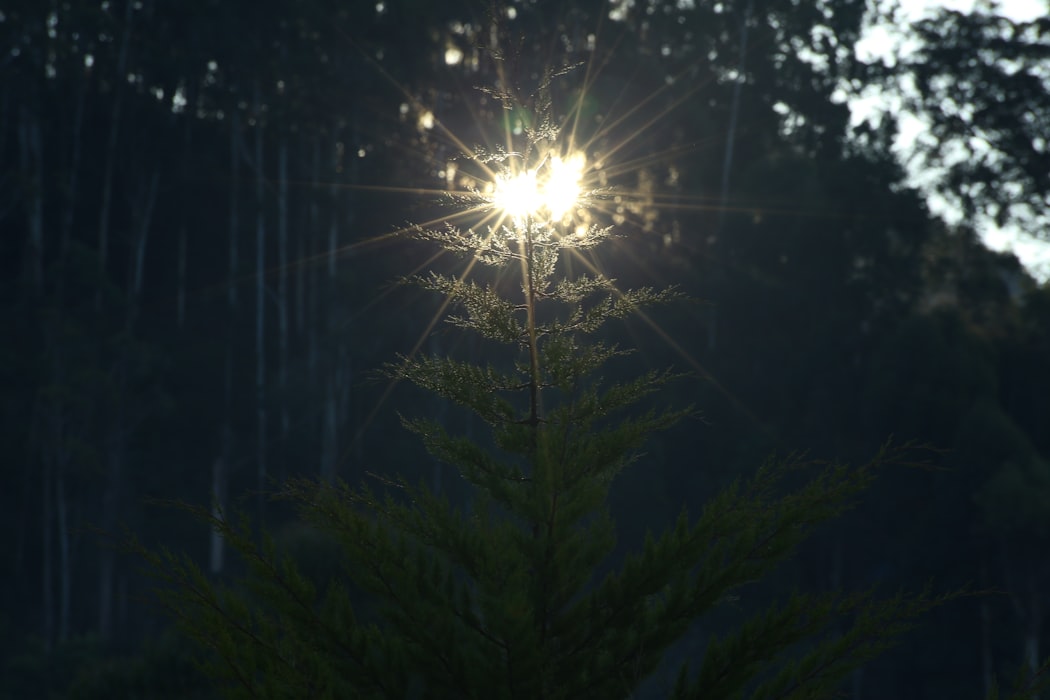Dry rot is a very common problem in the NW because we get so much rain. Moisture and lack of air circulation is all you need for dry rot to appear on wood. Wood rot problems are especially dangerous when rot appears on the wooden structure of the house. Once the fungus starts to grow on your structure, it destroys wood tissues which are responsible for the wooden structure to be firm and solid. Dry rot causes wooden parts of your house to decay, become soft, lose its shape, and loses the ability to withstand weight pressure. This leads to the leaning of the house to one side, dropping of the floor level, sagging in open spans of wood (such as garage door openings), and roof structure deformation. All these signs are warnings to us that something is going on inside the structure of our house and something may be affected by dry rot. The rot problem has to be taken care of right away once it has been determined!
If you notice a sagging corner on your window sill it didn’t appear there over night. If you are able to see rotten particles with your naked eye without taking apart your wall it means that the rot has been inside for quite some time and is in the stage where the rot starts to affect the surfaces that are visible. One sagging corner of the window sill may not just be a simple repair of a small piece of your sill but it might mean that the whole window frame is affected by dry rot and has to be repaired. That’s why it’s very important to fix the damaged areas once you suspect that you have a problem.
Now fixing dry rot damage is not a simple procedure, most of the time dry rot has to do with your structural framing, except when it’s just the exterior siding trim that is rotting. But most cases, dry rot gets to your framing. You have to realize that the part of your wall that is rotting is actually holding the wall itself, so if you will just start taking studs out to replace them with new framing, the whole wall may just collapse. It is the same story with the floor joist system or roofing trusses. So dry rot repairs often require building additional support walls or installing supporting posts to hold the rest of the structure while you are doing the rot repairs to the wall. Things get more complicated when you are dealing with two or three story homes. Then you have more weight pushing on your damaged walls and you need additional support to withstand all that weight. Fixing dry rot requires not just good carpentry skills but also engineering knowledge of weight distribution and support.
One more important thing about dry rot and what’s causing it, that I should mention, is the vapor barrier on the house. Since the vapor barrier is the under-layment that separates your siding and your framing by tacking on the vapor barrier to your wall before installing your siding, it is very important to choose a good quality product that will actually allow your structure to “breathe”. This means that the vapor barrier will let air circulate behind your siding. A very widely used product brand is Tyvek. In my opinion it is the worst choice you can make when choosing your vapor barrier. Tyvek is actually a plastic like product that will withstand moisture pretty good but doesn’t “breathe” very well, so if any moisture will get trapped behind your Tyvek vapor barrier there is almost a 100% chance of getting the dry rot fungus on your walls. An even worse situation is with new construction housing.
Since construction in the Pacific NW doesn’t stop for the rainy season, homes are being built under all conditions. So just imagine when Tyvek or other poor performing vapor barriers are installed right on soaking wet plywood, all that moisture has no way to escape. You basically have the conditions for dry rot right from the very beginning. But you will notice dry rot only years later when the rot had caused extensive damage to your structure. So my advise would be to use a rain screen system on your walls, or a high quality vapor barrier such as HydroGap by Benjamin Obdyke. HydroGap has plastic bumps, which makes it an uneven surface that allows air and moisture to travel between those bumps and drain out and away from the building. HydroGap is made of fabric like material that “breathes” better.




